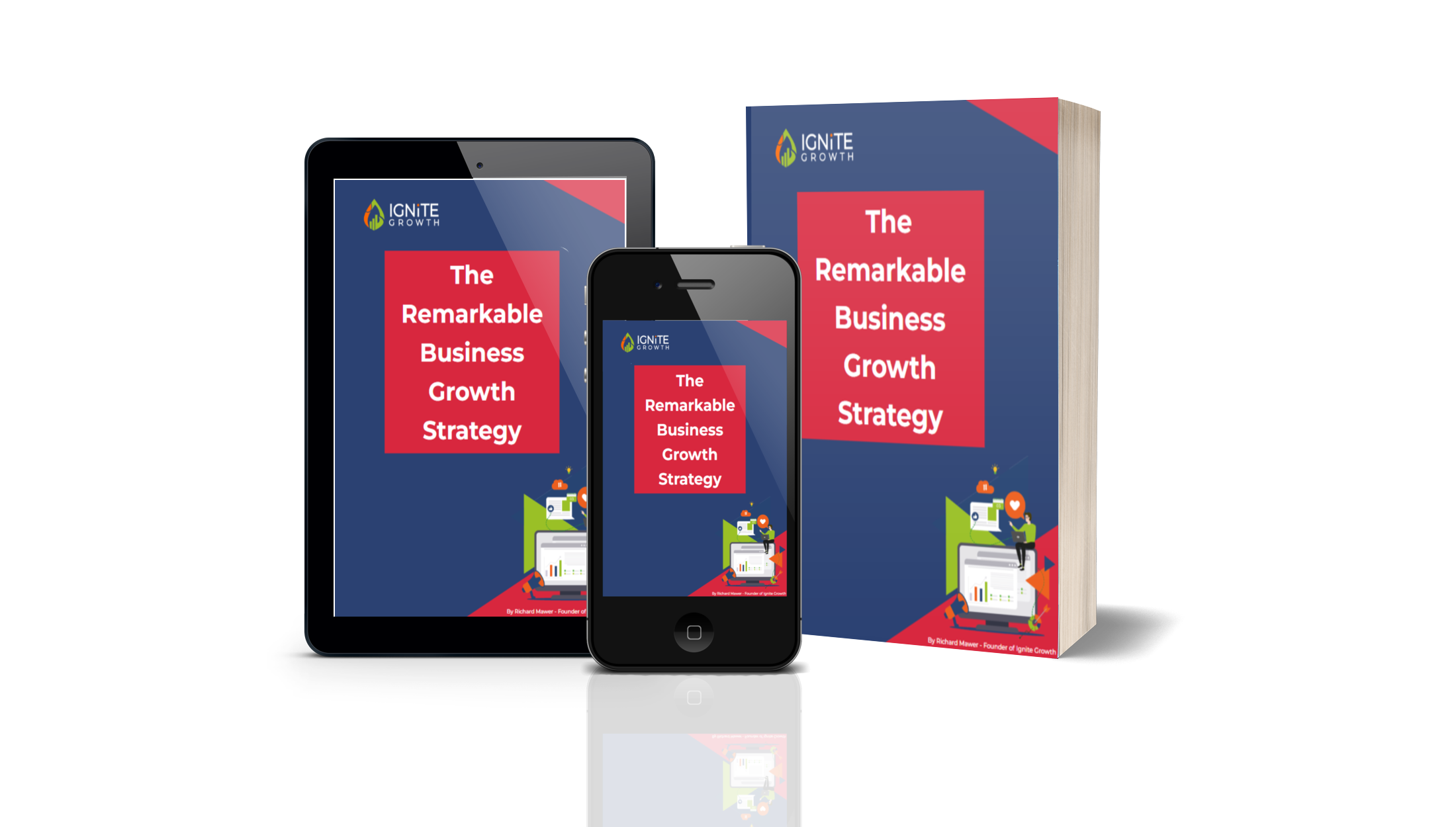Small Business Growth Strategy
Strategy First
Are you ready to release the brakes on your business growth? The starting point is to plan out a detailed small business growth strategy, by doing this first, you will enable strategy to drive your tactical execution on a daily basis and not the other way around. It is the reason that I start with 12 weeks of strategy work with every client I work with on a consultancy basis.

Make strategy planning a priority
The most valuable work you can do to kick-start the growth of your business is spending 8 – 12 weeks mapping out every element of your growth strategy, so that when you come to execution, your strategy will drive the tactics that you focus on to grow your business and the metrics you measure to show if you are on-track or off-track.
If you have not done so yet, make sure you download the free guide I have written called “The Remarkable Business Growth Strategy” – in which I go into the 12 elements that you need to think through.
The Remarkable Business Growth Strategy
[VIDEO] Strategy must dictate your tactics
Do it once - Do it right - Revise it annually!
In every business I have owned and worked with over the past 30 years, my focus has been on strategy first. The high strike rate of success and building companies that I have seen can be directly attributed to this one focus and going deep in 12 key areas, to drive all activity going forward.
I encourage you to do the same and over the next three months, sit down each week and go deep on your business in the following 12 areas. Put it down on paper, as something magical happens when we commit our thoughts to paper, build up an A4 folder with 12 sections in it, as I show in the video above. Then do not think of this as a done once process, you will spend the rest of this year executing on your strategy and then re-visit it again next year. Make this a habit and you will never look back. I promise.
Go Be Remarkable!!
The 12 Elements Of Your Small Business Growth Strategy
When you start planing out your own small business growth strategy it is critical that you focus on developing a detailed plan that will remove any guesswork from your daily execution. It will act as your blueprint for what you are doing, who is doing it, what results you expect to generate and what you are measuring to see if you are on-track or off-track.
Below are the twelve elements that I personally work on over 90 days with a client and in my own businesses.
- Goals & Objectives
- Target Market
- Business Positioning
- Competitors & Market Place
- Your Product Ecosystem
- Your Sales plan
- Your Marketing Plan
- Your Talent & Recruitment Plan
- Operational Delivery
- Remarkable Service & Support
- Your Business System & Technology
- Analytics & Metrics – Measure everything!
#1 – Your Revenue Growth Goals & Key Performance Indicators (KPI’s)
You must be specific about your revenue goals. I learnt this very early on in my career, the more specific I was, the more likely I would be to achieve my goals.
In this video, you will see why being specific is so powerful and how to use this revenue goal to reverse engineer your funnel. That is to say how many orders, customers, presentations, appointments, leads and how much traffic you need to generate to hit those goals. Get these figures down and they will form the core of your growth metrics that you measure.
#2 – Your Target Market – The Who?
You must become a specialist and not a generalist. Understanding who your “best fit” customer is and knowing them better than they know themselves is a key trait of a remarkable small business.
You must know your Ideal Customer Profile (ICP) this is the company and sector information.
Then you must know the people or personas that work in these companies that you need to be in conversation with or your Primary Buyer Persona (PBP) – in many B2B businesses this could be 4 – 5 people, but focus on the “champion” first.
#3 – Business Positioning & Branding
Now you know exactly who your “good fit” customer is and where they are. You now need to position your business in front of them to attract them to you.
Strong business positioning will allow you to dominate a market and drive a non-stop flow of warm prospects and leads into your business. So spend the time to get this right.
If I am a “good fit” prospect for your business I should know this within a few seconds of visiting your website, your socila media or reading your brochure. I should know three things – Who you help the best? How you help them? and Why you do it better than anyone else in the market?
#4 – The Market Place & Your Competition
My guess is that you have been trading for a while and so you know your market place, but how deeply have you analysed it? Who are your main competitors? Think about the top 2 in the industry? Then the next tier of competitors and then think locally to you?
In this section of your strategy I want tyou to dig into each of 5 – 6 comeptitors. Visit their websites, follow their social media, look at their content, the tone of voice they use and how they connect and engage with your target market. What is working that you can model and what are the gaps that you can exploit?
#5 – Your Product Ecosystem – The What!
Now we are moving on to the products, services and solutions you are offering. I want you to think wider than your “core service” and think of these four things:
1. Free Products – What free content, videos, blog posts, articles, social posts are you giving to your audience to connect with them?
2. Products for Prospects – What conversion offers do you have in place that will give value to your target audience and they will happily give you their name and email address for?
3. Core Service – This is the thing you are know for?
4. Products for Customers – What is the natural next step in the relationship? Once your customers love you they will want more from you – this is the high profit margin product.
#6 – Your Sales Plan
Time to go granular here. Breaking down your revenue goals into how many orders, from what products, how many leads fro what lead sources and the conversion rates you need to hit at each stage of your sales process.
This will drive your Marketing Plan and the marketing activity that you will focus your marketing team on. What events you will run, what marketing campaigns and what sales enablement needs to be in place to support your sales efforts.
The Remarkable Business Growth Strategy
Strategy drives tactics. When you have a remarkable growth strategy in place, everything you do and execute on a daily basis is driven by that strategy. In this incredible guide Richard Mawer, the CEO and Founder of Ignite Growth Consultancy and author of the Amazon #1 best selling book “Remarkable Business Growth” shares the 12 elements that are pivotal when you create the growth strategy for your business.
#7 – Your Marketing Plan – Lead Generation
You will now see the benefit of doing your Sales Plan first, as this should give you clear Marketing goals around how many leads you need to generate to hit your revenue goals. You should have in place a conversion optimised sales process that will convert at a minimum of 25% and now is the time to add targeted leads into your funnel.
Your focus will be on 3 – 5 core lead / traffic sources and optimising these in your marketing campaigns. You are aiming to attract and engage your “good fit” target audience with valuable content, once engaged they will move seamlessly through your sales process to becoming a customer.
#8 – Your Talent & Recruitment Plan
You can’t do this on your own and part of your growth strategy has to be around how you are going to expand your team to 10 – 12 key members.
My philosophy around talent and recruitment is to focus on identifying and bringing in A-players to my team and then ensuring they are on-boarded and given the tools to succeed. Do not be tempted to “fill a seat” with a B or C player who you will end up having to monitor and “hand-hold” when slightly more investment would get you an A-player who will constantly drive and improve everything they do, and your business as a whole.
#9 – Remarkable Operational Delivery
You now have a stream of customers coming into your business, from multiple lead sources. Now is the time to deliver a remarkable user experience and blow them away with the outcomes your core product, service or solution can deliver for them.
This is a critical stage in the relationship and will build customers for life when done correctly. Your knowledge and experience of your business should allow you to make the customer experience memborable and something they want to talk to other people about. As you grow, your standards must be maintained.
#10 – Delighting Customers With Remarkable Service & Support
Now you have your growing bank of customers, you must demopnstrate that you care about them. Listen to them, talk to them, get feedback from them. Great client engagement will unlock referrals, reviews, case studies, testimonials, survey feedback and additional sales for your business.
Make it your mission to delight your customers, support customer success and show how much you appreciate them at every turn. Run events for customers, focus groups to get honest feedback and my advice is to call four customers every month for a chat and to ask questions. As the business owner, never lose sight of the importance of this stage.
#11 – Your Business Systems & Technology
Although this is Step #11, it actually starts at the beginning and runs alongside everything you are doing to grow your business. You need to build a business system of technology, tools and software that you can leverage to increase efficiency, scale and measure everything that is happening.
Ensure you build a connected system, preferably an all-on-one platform that is easy to use, acts as your “single source of truth” and enables data driven decision making to replace opinion, on what is working, what is not working and what can be improved in your business growth. When you get this right, you will never look back.
#12 – Measure Everything – Anlaytics, Metrics & Reporting
As I mentioned above, the importance of being able to accurately track and measure data is key to your business growth.
In a digital world, the advantage you have is that everything is measurable. So make sure you set up dashboards and reporting for your 12 growth metrics, your marketing and lead generation metrics, your sales and customer acquisition metrics, operational delivery metrics, service and support metrics and set up reporting weekly and monthly on each of these. Your goal is true data driven decision making as you grow your business.
The Remarkable Business Growth Strategy
Strategy drives tactics. When you have a remarkable growth strategy in place, everything you do and execute on a daily basis is driven by that strategy. In this incredible guide Richard Mawer, the CEO and Founder of Ignite Growth Consultancy and author of the Amazon #1 best selling book “Remarkable Business Growth” shares the 12 elements that are pivotal when you create the growth strategy for your business.
Let’s Talk About Your Small Business Growth
Book A Free 1 Hour Strategy Call With Me
Get Started
Get Started Today
Want to get started ? Let’s have a quick strategy call to discuss your revenue goals, opportunities, challenges, gaps and timescales to put in place a strategy for the next 12 months!


